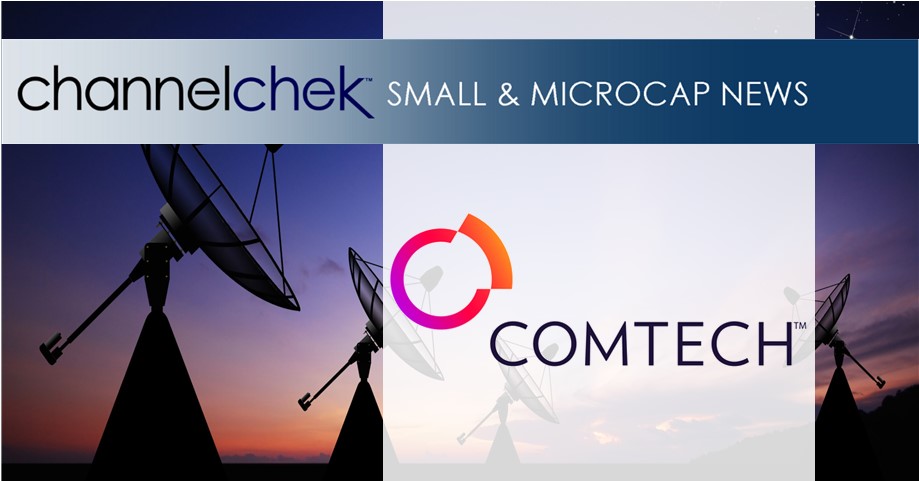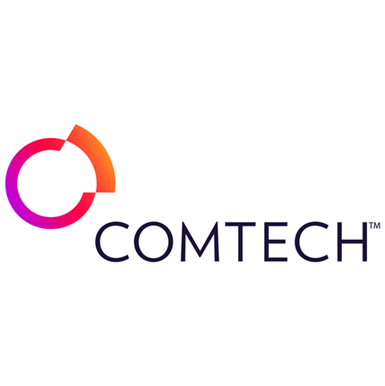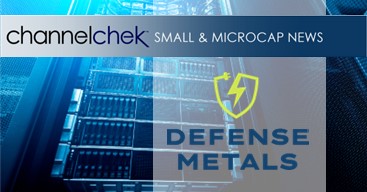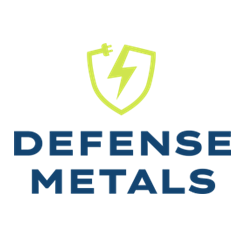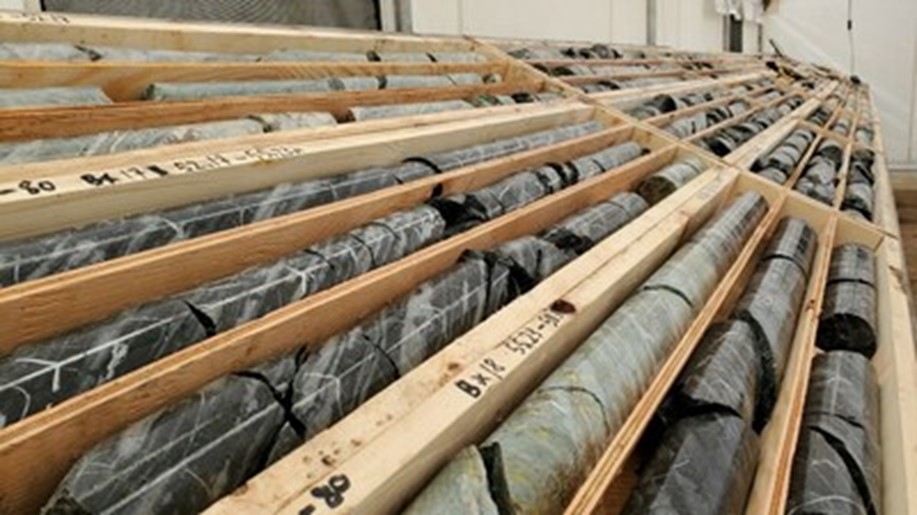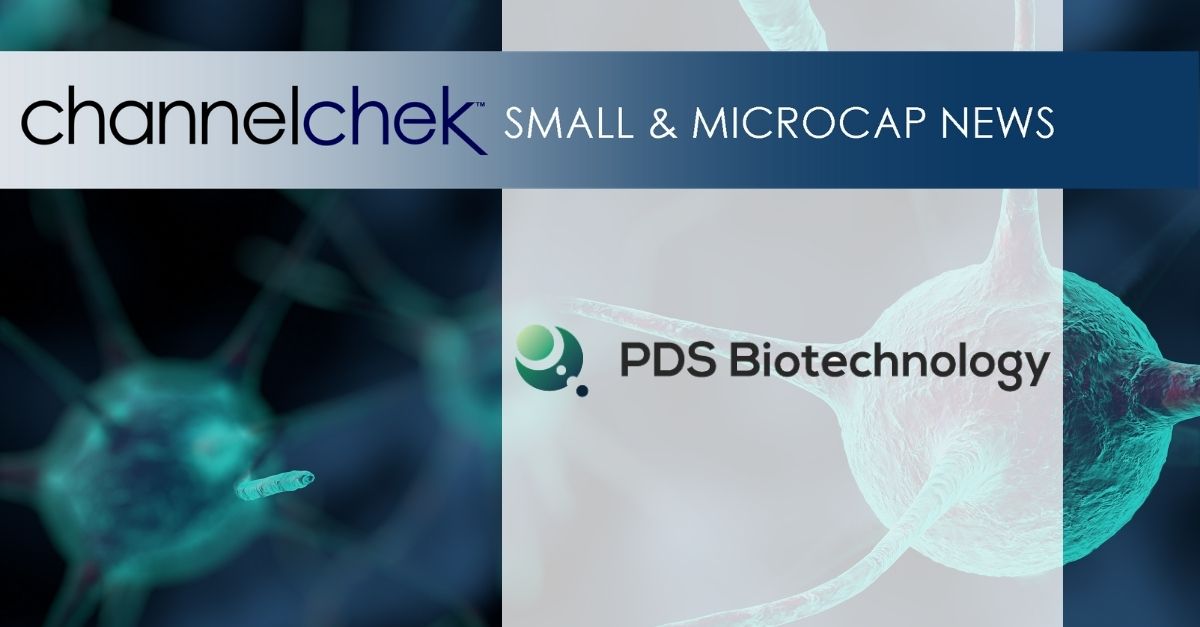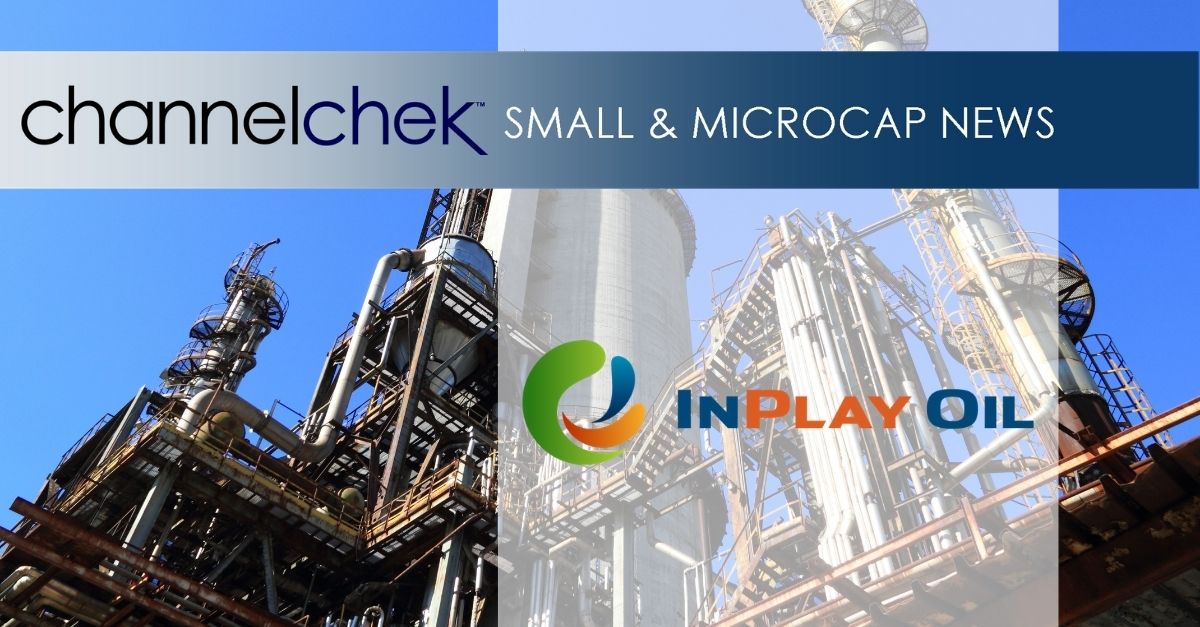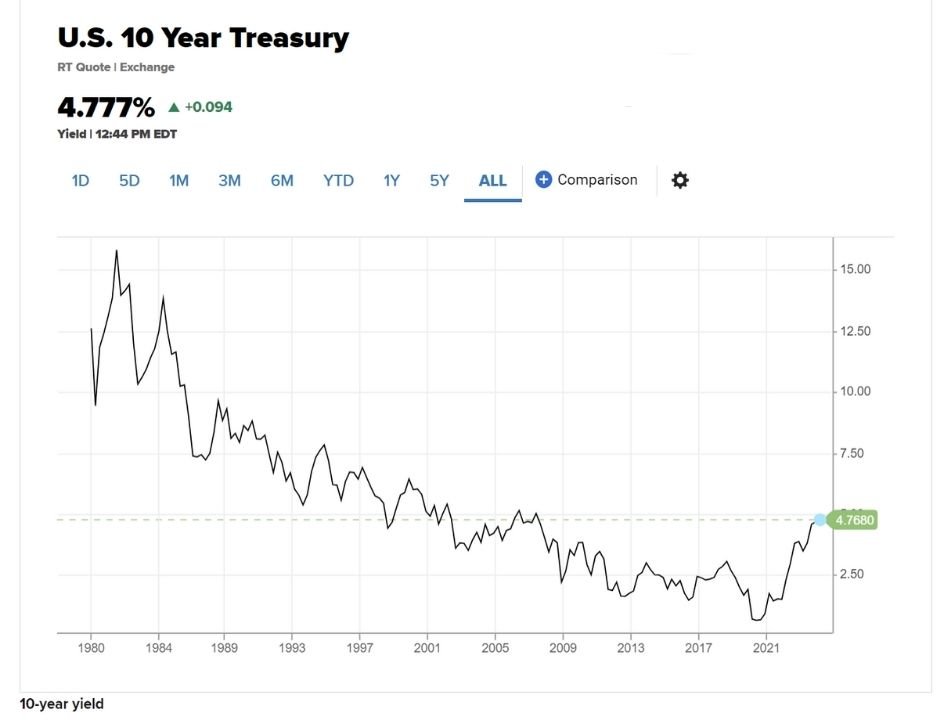Research News and Market Data on PDSB
- Interim VERSATILE-002 data for the first-line treatment of recurrent or metastatic head and neck cancer patients who were immune checkpoint inhibitor (ICI) naïve; published 24-month survival rate of less than 30% for approved ICI1.
- Received feedback from US Food and Drug Administration (FDA) on the Company’s amended Investigational New Drug (IND) application allowing initiation of VERSATILE-003 Phase 3 trial in the fourth quarter of 2023.
- 12-month overall survival (OS) rate of 56% in ICI refractory patients; published median 12-month OS rate of 17% with no salvage chemotherapy following tumor progression on ICI (ICI Refractory)2*.
- Well tolerated with no patients having Grade 4 or 5 combination treatment-related adverse events.
- Interim VERSATILE-002 data and VERSATILE-003 Phase 3 trial design to be discussed during Key Opinion Leader (KOL) Roundtable today at 8:00 a.m. EDT.
PRINCETON, N.J., Oct. 03, 2023 (GLOBE NEWSWIRE) — PDS Biotechnology Corporation (Nasdaq: PDSB) (PDS Biotech or the Company), a clinical-stage immunotherapy company developing a growing pipeline of targeted cancer immunotherapies and infectious disease vaccines based on the Company’s proprietary T cell activating platforms, today announced updated interim data based on an August 2nd cut off from the VERSATILE-002 Phase 2 clinical trial evaluating PDS0101 in combination with Merck’s anti-PD-1 therapy, KEYTRUDA® (pembrolizumab), in patients with unresectable, recurrent, or metastatic HPV16-positive head and neck squamous cell carcinoma (HNSCC). VERSATILE-002 is investigating two patient populations whose cancer has returned or spread – ICI naïve and ICI refractory. The ICI naïve group had not responded to standard-of-care treatments but had not yet been treated with an ICI. The ICI refractory group included patients who had not responded to multiple prior treatments, including ICI therapy. Data presented at ASCO was based on a January 13th cut off.
“The updated interim data from our VERSATILE-002 clinical trial further validates the potential of PDS0101 when combined with KEYTRUDA® to address the urgent need for more effective therapies that are well tolerated and allow advanced recurrent and metastatic HPV16-positive head and neck cancer patients to live significantly longer lives than current approaches,” said Frank Bedu-Addo, PhD, President and Chief Executive Officer of PDS Biotech. “Following feedback from the FDA, we look forward to evaluating this promising combination treatment in the VERSATILE-003 Phase 3 clinical trial, which we expect to initiate in the fourth quarter of 2023. VERSATILE-003 will investigate the efficacy and safety of PDS0101 combined with KEYTRUDA® compared to KEYTRUDA® monotherapy in ICI-naïve patients with recurrent or metastatic HPV16-positive HNSCC. The primary endpoint for the study will be overall survival.”
VERSATILE-002: ICI Naïve
Highlights of the interim data from the ICI naïve cohort include:
- 24-month overall survival (OS) rate is 74%; published 24-month survival rate of less than 30% for approved ICI1.
- 12-month OS rate is 80%; published results of 30-50% with approved ICIs1.
- Tumor shrinkage seen in 60% (31/52) of patients.
- Confirmed overall response rate (ORR) is 27% (14/52) to date.
- Median progression-free survival (PFS) is 8.1 months to date; published results of 2-3 months PFS with approved ICIs1.
- 13% (8/62) of patients experienced Grade 3 treatment-related adverse events (TRAE) and 0% (0/62) experienced Grade 4 or 5 TRAE; published results report 13-17% Grade 3-5 TRAE with approved ICI monotherapy1.
- 60% (33/55) of patients have CPS score of 1-19 (who generally have a weaker response to KEYTRUDA®), and 40% (22/55) have CPS score >20 (who generally have a higher response to KEYTRUDA®).
VERSATILE-002: ICI Refractory
The goal of this ICI refractory cohort was to confirm and to better understand the role of PDS0101 in prolonging the survival of advanced HPV16-positive head and neck cancer patients who received PDS0101 in combination with KEYTRUDA®. This analysis is also intended to provide insight to the contribution of PDS0101 to overall survival in the National Cancer Institute-led study evaluating the combination of PDS0101, PDS0301 (antibody conjugated IL12), and an ICI.
Highlights of the interim data from the ICI refractory cohort include:
- The 12-month OS rate is 56%. The published median 12-month OS rate is 17% with no salvage chemotherapy following tumor progression on ICI (ICI Refractory)2*.
- 0% (0/21) confirmed ORR suggests that PDS0101’s impact on survival does not appear to be dependent on tumor shrinkage.
- 4% (1/25) of patients experienced Grade 3 TRAE and 0% (0/21) patients experienced Grade 4 and 5 TRAE.
“We are pleased with the OS results and knowledge gained from the ICI refractory cohort of VERSATILE-002. In agreement with our Data Monitoring Committee (DMC), we will not progress to stage 2 of this cohort in VERSATILE-002. As previously announced, we have no plans to further develop this combination for ICI refractory patients,” said Lauren V. Wood, MD, Chief Medical Officer of PDS Biotech. “PDS0101 appears to immunologically alter the patient’s tumor microenvironment to promote survival. This important data will help inform our development plans for PDS0101.”
Key Opinion Leader Roundtable
Today, Tuesday, October 3, 2023, from 8:00 – 9:00 AM EDT, the Company will host a Key Opinion Leader (KOL) Roundtable on Addressing Current and Future Treatments for Recurrent/Metastatic Human Papillomavirus (HPV)-Positive Head and Neck Squamous Cell Carcinoma (HNSCC) and the Potential Application of PDS0101, including a discussion of the interim data from the VERSATILE-002 trial.
A live webcast of the event will be available online in the Investor Relations section of the Company’s website at https://www.pdsbiotech.com/index.php/investors. A replay will be available for 90 days following the webcast.
1*Ferris R.L., Nivolumab for Recurrent Squamous-Cell Carcinoma of the Head and Neck; N Engl J Med 2016; 375:1856-1867; Burtness B et al., Pembrolizumab alone or with chemotherapy versus cetuximab with chemotherapy for recurrent or metastatic squamous cell carcinoma of the head and neck (KEYNOTE- 048): a randomized, open-label phase 3 study; Lancet 2019; 394(10212):1915-1928. *No control or comparative studies have been conducted between immune checkpoint inhibitors and PDS0101.
https://www.opdivo.com/head-and-neck-cancer
https://www.keytruda.com/head-and-neck-cancer/keytruda-clinical-trials/
2Bila M, Van Dessel J, Smeets M, Vander Poorten V, Nuyts S, Meulemans J, Clement PM. A Retrospective Analysis of a Cohort of Patients Treated With Immune Checkpoint Blockade in Recurrent/Metastatic Head and Neck Cancer. Front Oncol. 2022 Jan 27;12:761428. doi: 10.3389/fonc.2022.761428. PMID: 35155226; PMCID: PMC8828639. *No controlled or comparative studies have been conducted between PDS0101 and no salvage chemotherapy.
About PDS0101
PDS0101, PDS Biotech’s lead candidate, is a novel investigational human papillomavirus (HPV)-targeted immunotherapy that stimulates a potent targeted T cell attack against HPV-positive cancers. PDS0101 is given by subcutaneous injection alone or in combination with other immunotherapies and cancer treatments. In a Phase 1 study of PDS0101 in monotherapy, the treatment demonstrated the ability to generate multifunctional HPV16-targeted CD8 and CD4 T cells with minimal toxicity. Interim data suggests PDS0101 generates clinically active immune responses, and the combination of PDS0101 with other treatments can demonstrate significant disease control by reducing or shrinking tumors, delaying disease progression and/or prolonging survival. The combination of PDS0101 with other treatments does not appear to compound the toxicity of other agents.
About VERSATILE-002
VERSATILE-002 is a single-arm Phase 2 trial evaluating the safety and efficacy of PDS0101, an HPV16-targeted investigational T cell-activating immunotherapy that leverages PDS Biotech’s proprietary Versamune® technology, in combination with Merck’s anti-PD-1 therapy, KEYTRUDA® (pembrolizumab).The combination is being evaluated in immune checkpoint inhibitor (ICI)-naïve and ICI-refractory patients with recurrent/metastatic HPV16-positive head and neck squamous cell carcinoma (HNSCC) and was granted Fast Track designation by the Food and Drug Administration in June 2022.
About VERSATILE-003
The VERSATILE-003 Phase 3 clinical trial is a randomized, active comparator-controlled study designed to investigate the safety and efficacy of PDS0101 combined with KEYTRUDA® compared to KEYTRUDA® monotherapy in ICI-naïve patients with recurrent or metastatic HPV16-positive HNSCC. The primary efficacy endpoint for VERSATILE-003 is overall survival. The Phase 3 study is expected to involve approximately 90-100 clinical sites globally.
About PDS Biotechnology
PDS Biotech is a clinical-stage immunotherapy company developing a growing pipeline of targeted cancer and infectious disease immunotherapies based on our proprietary Versamune®, Versamune® plus PDS0301, and Infectimune® T cell-activating platforms. We believe our targeted immunotherapies have the potential to overcome the limitations of current immunotherapy approaches through the activation of the right type, quantity and potency of T cells. To date, our lead Versamune® clinical candidate, PDS0101, has demonstrated the ability to reduce and shrink tumors and stabilize disease in combination with approved and investigational therapeutics in patients with a broad range of HPV16-associated cancers in multiple Phase 2 clinical trials and will be advancing into a Phase 3 clinical trial in combination with KEYTRUDA® for the treatment of recurrent/metastatic HPV16-positive head and neck cancer in 2023. Our Infectimune® based vaccines have also demonstrated the potential to induce not only robust and durable neutralizing antibody responses, but also powerful T cell responses, including long-lasting memory T cell responses in pre-clinical studies to date. To learn more, please visit www.pdsbiotech.com or follow us on Twitter at @PDSBiotech.
Forward Looking Statements
This communication contains forward-looking statements (including within the meaning of Section 21E of the United States Securities Exchange Act of 1934, as amended, and Section 27A of the United States Securities Act of 1933, as amended) concerning PDS Biotechnology Corporation (the “Company”) and other matters. These statements may discuss goals, intentions and expectations as to future plans, trends, events, results of operations or financial condition, or otherwise, based on current beliefs of the Company’s management, as well as assumptions made by, and information currently available to, management. Forward-looking statements generally include statements that are predictive in nature and depend upon or refer to future events or conditions, and include words such as “may,” “will,” “should,” “would,” “expect,” “anticipate,” “plan,” “likely,” “believe,” “estimate,” “project,” “intend,” “forecast,” “guidance”, “outlook” and other similar expressions among others. Forward-looking statements are based on current beliefs and assumptions that are subject to risks and uncertainties and are not guarantees of future performance. Actual results could differ materially from those contained in any forward-looking statement as a result of various factors, including, without limitation: the Company’s ability to protect its intellectual property rights; the Company’s anticipated capital requirements, including the Company’s anticipated cash runway and the Company’s current expectations regarding its plans for future equity financings; the Company’s dependence on additional financing to fund its operations and complete the development and commercialization of its product candidates, and the risks that raising such additional capital may restrict the Company’s operations or require the Company to relinquish rights to the Company’s technologies or product candidates; the Company’s limited operating history in the Company’s current line of business, which makes it difficult to evaluate the Company’s prospects, the Company’s business plan or the likelihood of the Company’s successful implementation of such business plan; the timing for the Company or its partners to initiate the planned clinical trials for PDS0101, PDS0203 and other Versamune® and Infectimune® based product candidates; the future success of such trials; the successful implementation of the Company’s research and development programs and collaborations, including any collaboration studies concerning PDS0101, PDS0203 and other Versamune® and Infectimune® based product candidates and the Company’s interpretation of the results and findings of such programs and collaborations and whether such results are sufficient to support the future success of the Company’s product candidates; the success, timing and cost of the Company’s ongoing clinical trials and anticipated clinical trials for the Company’s current product candidates, including statements regarding the timing of initiation, pace of enrollment and completion of the trials (including the Company’s ability to fully fund its disclosed clinical trials, which assumes no material changes to the Company’s currently projected expenses), futility analyses, presentations at conferences and data reported in an abstract, and receipt of interim or preliminary results (including, without limitation, any preclinical results or data), which are not necessarily indicative of the final results of the Company’s ongoing clinical trials; any Company statements about its understanding of product candidates mechanisms of action and interpretation of preclinical and early clinical results from its clinical development programs and any collaboration studies; and other factors, including legislative, regulatory, political and economic developments not within the Company’s control. The foregoing review of important factors that could cause actual events to differ from expectations should not be construed as exhaustive and should be read in conjunction with statements that are included herein and elsewhere, including the other risks, uncertainties, and other factors described under “Risk Factors,” “Management’s Discussion and Analysis of Financial Condition and Results of Operations” and elsewhere in the documents we file with the U.S. Securities and Exchange Commission. The forward-looking statements are made only as of the date of this press release and, except as required by applicable law, the Company undertakes no obligation to revise or update any forward-looking statement, or to make any other forward-looking statements, whether as a result of new information, future events or otherwise.
Versamune® and Infectimune® are registered trademarks of PDS Biotechnology Corporation. KEYTRUDA® is a registered trademark of Merck Sharp and Dohme LLC, a subsidiary of Merck & Co., Inc., Rahway, N.J., USA.
Investor Contact:
Rich Cockrell
CG Capital
Phone: +1 (404) 736-3838
Email: pdsb@cg.capital
Media Contact:
Gina Cestari
6 Degrees
Phone: +1 (917) 797-7904
Email: gcestari@6degreespr.com




